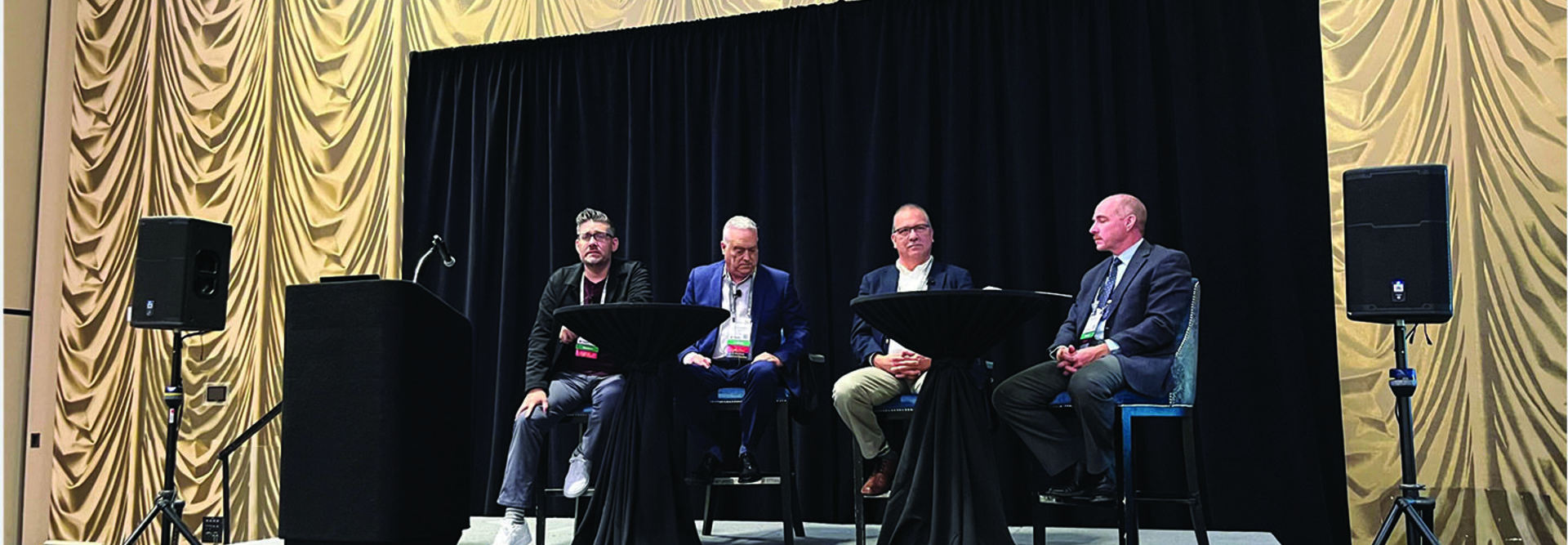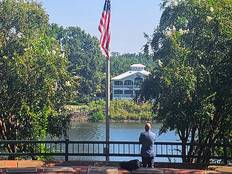Addressing underrepresentation in the IT workforce is the first step toward developing a robust pipeline of Native American IT professionals, according to Monday’s multipanel session at TribalNet 2024.
Justin Raisor, advisory board member of the Tribal Cyber Training League, cited Cisco’s estimate that Native Amercians make up less than 0.005% of the tech workforce in the United States, despite accounting for nearly 3% of the country’s population.
The panel also included AISES board members Gary Burnette of the Cheroenhaka (Nottoway) Indian Tribe and William Tiger of the Miccosukee Indians of Florida Tribe.
“Tribes definitely have a shortage of Native American IT workers,” Burnette said after the session. “They have to address the problems of recruitment and representation first to solve that, and then, eventually, retention.”
Click the banner to keep up with FedTech as an Insider after the 25th annual TribalNet conference.
Building a Talent Pipeline Through Grassroot Efforts
AISES boosts representation of Native Amercians in the IT workforce by creating workforce development programs that align with its corporate and government members’ goals.
“We try to make sure we're providing services and programs that fit what our partners need from us, and this helps our students and our members to be successful,” Tiger said.
Programs AISES offers include scholarships, job boards, internship programs and career development resources for students, and support and resources for educators serving indigenous communities.
Similarly, the Tribal Cyber Training League, created in partnership with PlayCyber, targets high school- and college-aged youth for cybersecurity development. The league assembled teams of six that compete in various cyber competitions, such as capture the flag exercises.
“We’re gamifying it, making it more engaging and exciting to pick up and learn and perhaps explore career paths that come out of that,” Raisor said. “These are paths with great wages and career opportunities, and we can see technology penetrate into tribes more and more by spreading these career paths.”
During the session’s Q&A, Renita DiStefano, founder and CEO of Second Derivative, shared that her company partnered with ISC2 to offer free cybersecurity training to 100 Native Americans. She said she was inspired by the lack of guidance she felt in her struggle to be a successful Native American woman in IT.
“I was just trying to be the best cyber gal that I could and, eventually, I became one of the first Native American women to become CISO,” she said. “I don’t see that as an accolade, I see it as a call to action.”
Retention Poses a Big Challenge for Tribes
Retaining Native talent in the private sector is a matter of creating a sense of belonging, according to Tiger.
“A factor in retention is Indigenous people taking part in the right to ceremony, to take time to do some of the things that other groups don’t do,” he said. “Otherwise you’re putting the squeeze on an individual and giving the sense that they don’t belong here.”
0.005%
The share of America's IT workforce composed of Native Americans
Source: blogs.cisco.com, “Building a more inclusive tech workforce for Native Americans,” November 2021
For tribal governments and organizations, salary is a key issue, but one that is potentially offset by a sense of purpose.
“We can’t necessarily pay what a larger organization would,” Mohegan Tribe CIO George Wood said. “But Native Americans working for their tribe really gives them a sense of purpose and the opportunity to feel like they’re giving back to their community.”
To learn more about TribalNet, visit our conference page. You can also follow us on the social platform X at @FedTechMagazine to see behind-the-scenes moments.














